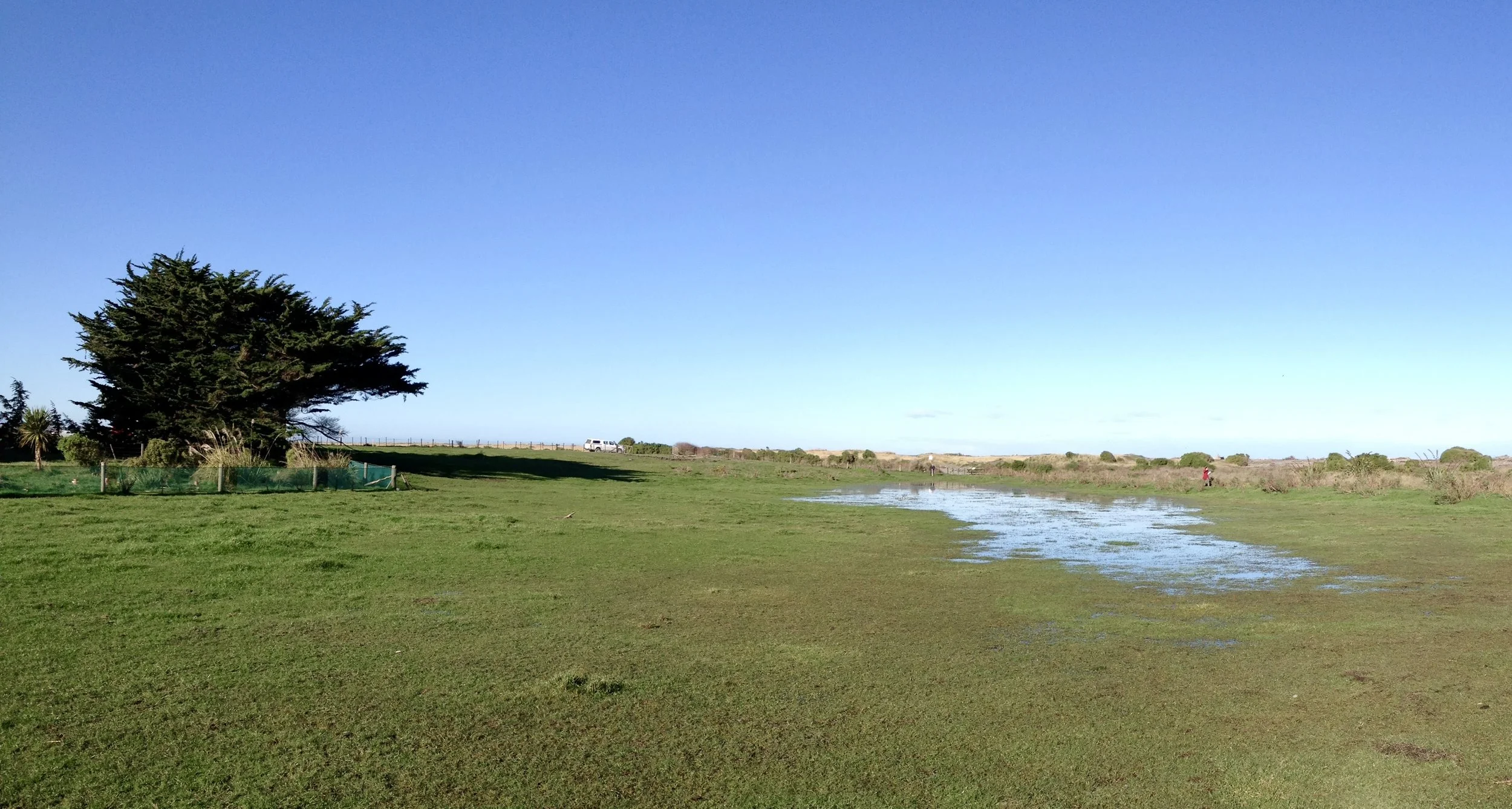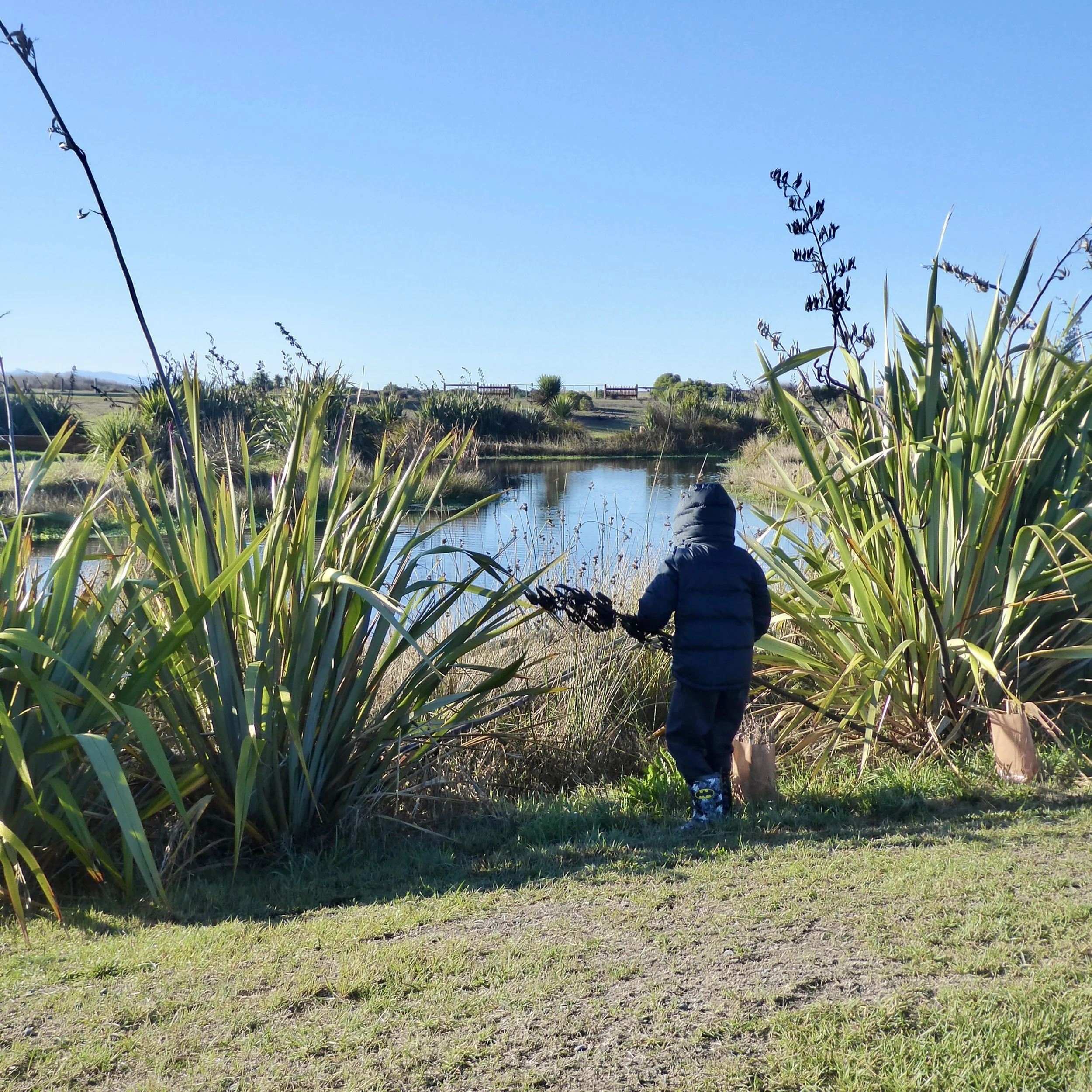Te Repo Orariki - Restoring a Wetland Landscape
Te Waihora Lake Ellesmere is a landscape shaped by water, whakapapa (genealogy) and rich cultural connections. For Ngāi Tahu, the lake has long been a taonga (treasure) - central to their identity and way of life for generations. The lake and its surrounding wetlands were traditionally a rich source of mahinga kai - providing tuna (eels), inanga (whitebait), waterfowl and plant materials. These food-gathering practices were not only about sustenance, they were woven into seasonal rhythms, social structures and whakapapa.
The pā site at Taumutu has historically been a key settlement, linking inland and coastal routes. Ngāti Moki, the hapū based at Taumutu marae, are the kaitiaki (guardians) of this southern edge of Te Waihora. They have maintained intergenerational knowledge of the lake and its ecology and continue to lead local efforts in the lake’s restoration and protection.
Much of the original wetland system of Te Waihora, as much as 90%, has long been drained, modified and fragmented. One small corner of this once-connected landscape, a low-lying paddock near the pā site at Taumutu, became the focus of a restoration project in 2014.
The site, now known as Te Repo Orariki, offered an opportunity to restore wetland function and cultural connection at a local scale. Led by Ngāi Tahu and Environment Canterbury, the Whakaka Ora Te Waihora project brought together multiple disciplines.
Working alongside Ngāti Moki marae, Environment Canterbury, civil engineers and archaeologists, Wendy was part of the design team tasked with re-imagining this space. Not only as a functioning wetland, but as a place that could give form to the relationships and responsibilities tied to this whenua.
Design Intent
Re-establish wetland processes - shaping land and planting to reflect the former network of winding creeks and knolls that once characterised this area.
Strengthen cultural and physical connections - linking the site visually and spatially to Ngāti Moki marae, Hone Wetere Church, Fisherman’s Point and nearby Whakaora Te Waihora projects.
Restore ecological values - through planting to support tuna, inanga and other locally important species, while creating opportunities for mahinga kai.
Create safe, accessible spaces - for community use, including during tuna migration when fishing activity is high.
Formalise vehicle access - with a small car park to support group gatherings without dominating the site experience.
A Wetland That’s Settling In
Photos taken in 2020 show the planting well established, and the form of the wetland starting to read clearly within the wider landscape. This small site is now becoming part of a broader system once again.
Te Repo Orariki is an example of how landscapes of significance can also be places of change. The design process centred on working closely with those who know this place and its whakapapa - to understand its unique ecology and cultural significance. Here, that meant designing a wetland that reconnects ecology, community and culture - a small but powerful step in helping this whenua fold back into the living system of Te Waihora.
Prior to wetland restoration, 2014.
Te Repo Orariki, 2020.
Te Repo Orariki, 2020.
Te Repo Orariki, 2020.
Boardwalk design, Te Repo Orariki, 2020.
Te Repo Orariki and Hone Wetere Church behind, 2020.
Keen to know more … explore these projects!







